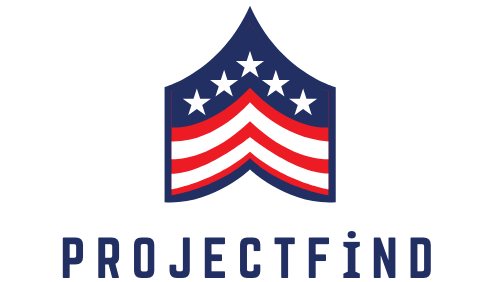CS-255 Project 1: Mastering Data Structures & Algorithms
Welcome to the digital playground where code meets creativity, and where the building blocks of software engineering come alive. Today, we’re diving deep into the heart of computer science – Data Structures and Algorithms – through the lens of CS-255 Project 1. Whether you’re a budding programmer or a seasoned code whisperer, this project is your gateway to mastering the concepts that are fundamental to efficient problem-solving in the tech world.
The Pillars of Programming: Why Data Structures Matter
Imagine walking into a library where books are scattered all over the place. How long would it take you to find a book on, say, quantum physics? This is where data structures come in – they are the librarians of computer memory, organizing data so that it can be used efficiently.
Data structures are more than just a means to store information; they define the relationship between data points and the operations that can be performed on them. In CS-255 Project 1, you’ll encounter arrays, linked lists, stacks, queues, and more. Each one has its own superpower in the context of data handling. Arrays, for instance, allow you to access elements in lightning speed with direct indexing, while linked lists offer unparalleled flexibility with dynamic memory allocation.
But why does this matter? Well, choosing the right data structure can be the difference between a program that zips and one that limps. Imagine implementing a back button in a web browser. A stack, with its Last In, First Out (LIFO) principle, is a natural choice, allowing you to keep track of visited pages in a manner that’s both simple and efficient.
Algorithms: The Step-by-Step Dance of Logic
If data structures are the bones of our code, algorithms are the soul. They’re the step-by-step procedures, the dance of logic that solves problems and performs tasks. In CS-255 Project 1, you’ll waltz with sorting algorithms, boogie with search algorithms, and tango with recursive functions.
Take sorting, for example. It’s not just about ordering elements; it’s about finding the most time and space-efficient way to do so. You’ll explore the quicksort, with its divide-and-conquer approach that can make short work of even the most disordered arrays. But with great power comes great responsibility – understanding the nuances of algorithmic design, like when to use a certain sort over another, is crucial.
And then there’s the art of searching. Linear search might do the trick for small datasets, but what if you’re dealing with millions of records? Enter binary search, the Sherlock Holmes of algorithms, which cuts down your search time dramatically by dividing and conquering – but it demands your data to be sorted first.
Through the iterative process of CS-255 Project 1, you’ll not only learn how these algorithms work but also get to implement them. This hands-on experience is invaluable; there’s a special kind of thrill in watching your code come to life, solving complex problems with elegance and efficiency.
Real-World Applications: Where Theory Meets Practice
Now, let’s bring the abstract into the tangible. Data structures and algorithms aren’t just academic concepts; they’re the tools that power the digital world. In CS-255 Project 1, you’ll see how these principles apply to real-world scenarios.
Consider the autocomplete feature in your search engine. It predicts what you’re going to type next. This seemingly simple feature is powered by a complex interplay of data structures (like Tries) and algorithms that process massive amounts of data in real-time.
Or think about social media platforms. Ever wondered how Facebook or Twitter can display your feed so quickly, despite the millions of users and billions of posts? Behind the scenes, efficient data structures and algorithms are working tirelessly to manage and deliver content at scale.
Through CS-255 Project 1, you’ll get a taste of how to build these systems. You’ll learn optimization techniques and best practices that can make or break your code’s performance. And as you progress, you’ll begin to think like a computer scientist, looking at the world as a series of problems waiting to be solved with the right combination of data structures and algorithms.
In Conclusion: Your Journey to Mastery
CS-255 Project 1 is more than just an assignment; it’s a journey into the core of computer science. As you embark on this adventure, remember that every line of code you write is a step towards mastery. The challenges you’ll face will not only test your understanding but will also sharpen your problem-solving skills.
Embrace the complexity, celebrate the small victories, and don’t be afraid to refactor your code. After all, the beauty of programming lies in the process – the iterative refinement of ideas into something elegant, efficient, and effective.
So, gear up, set your sights on the horizon, and let’s decode the mysteries of data structures and algorithms together. With each piece of knowledge you lock in place, you’re building the foundation of a future where you can not only converse with machines but also command them to create, solve, and innovate.
Happy coding, fellow travelers of the digital realm! 🚀🧠




